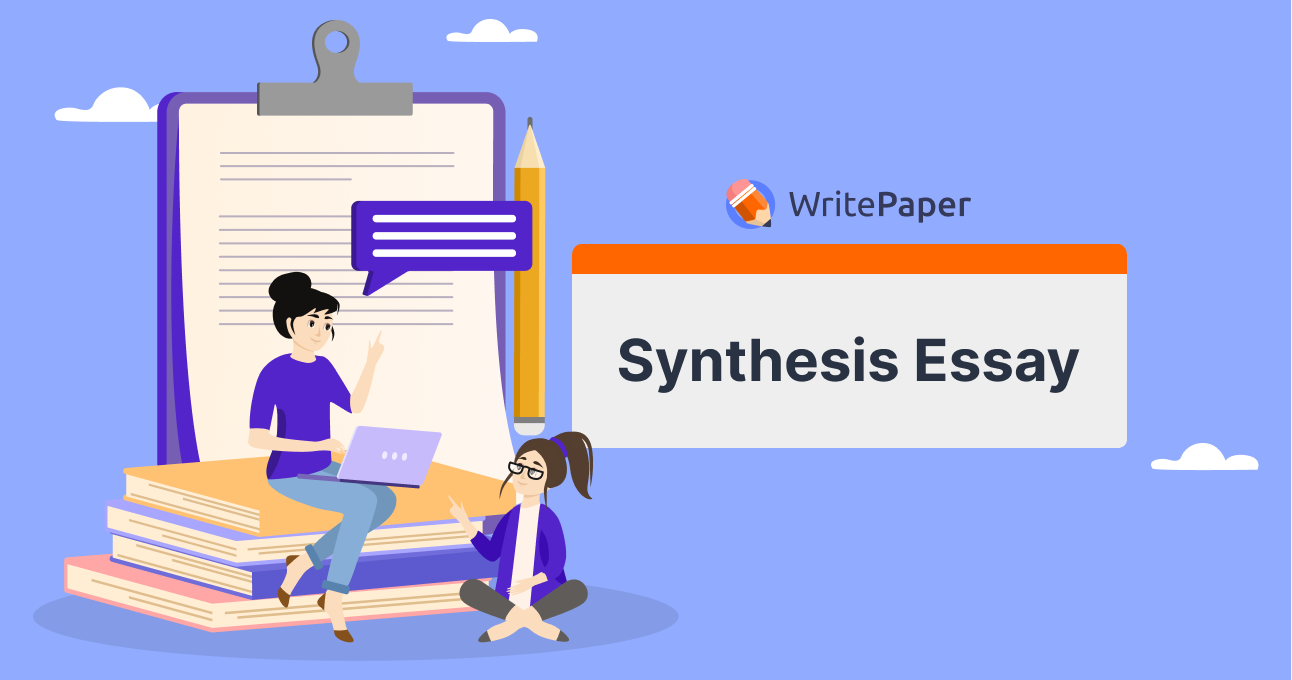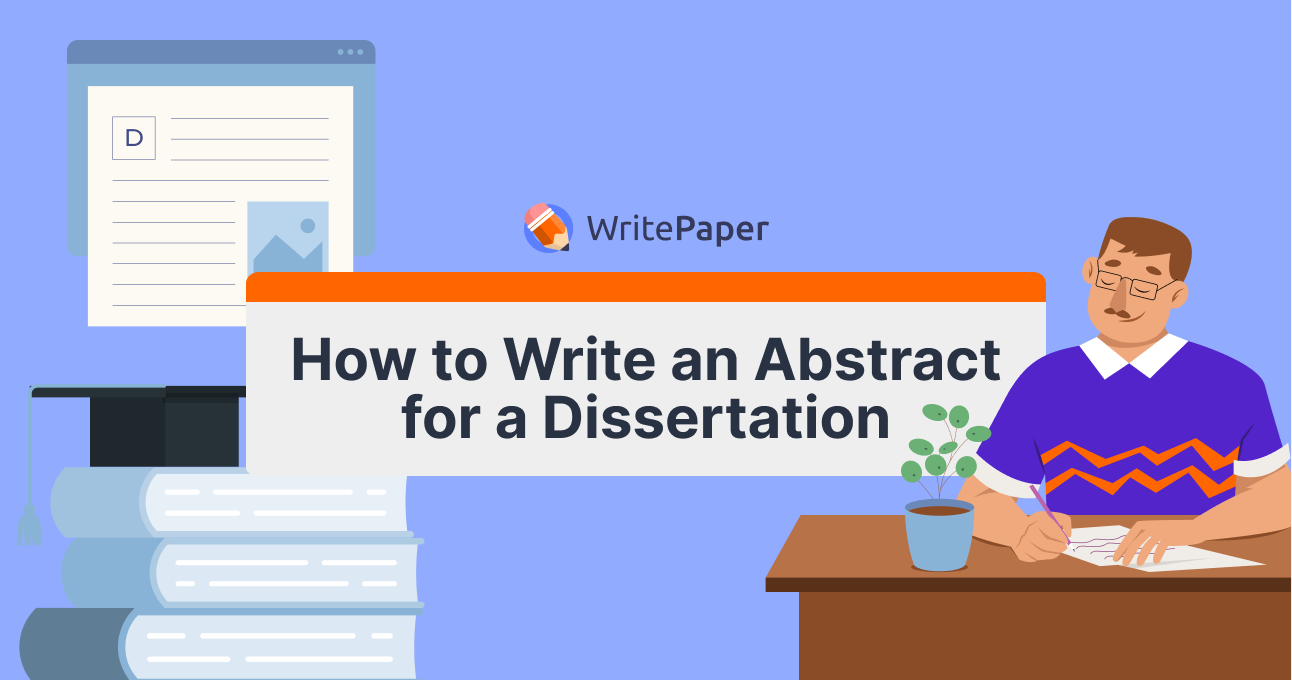Rubrics for most academic papers include requirements for accurate citations as a separate criterion, which is as important as content and mechanics. Why is it so? Correct citations help students to avoid plagiarism in their papers and give proper credit to the authors whose ideas or findings they use. It is the core of academic integrity. Students need to know how to cite their sources in writing assignments according to one of the required styles.
MLA style is widely applied in humanities. Most probably, your teachers or professors will ask you to use it for your language and literature assignments as well as for history, philosophy, law, and art papers. Let’s discuss how you make MLA in-text citations according to the 8th edition of the official Modern Language Association Handbook. Our thesis writing service will have a look at general principles, examine how to do in-text citations (MLA), and show you examples of the most common types of references.
MLA In-Text Citations: General Rules
MLA in-text citations are rather simple, compared to other styles. The main thing to remember is that you have to use parenthetical citations with an author and a page number. Yet, there are a couple of peculiarities determined by the number of authors and the type of your source, which we will discuss below. Remember that you should make an adequate citation every time you incorporate ideas of other people into your paper.
Usually, a parenthetical citation is placed before the period at the end of a cited sentence. However, there may be two possible variations. The first option is to include both the name and the page number in a parenthetical citation. For example:
Deficits in selective attention and working memory are common in most patients with clinical depression (Lam 18).
If you mention the name of the author in the text itself, there is no need to duplicate it in a parenthetical citation. Include only the page number in parenthesis at the end of the sentence. The method is the same for both direct quotations and paraphrased ideas. For example:
According to Lam, insomnia and hypersomnia are major symptoms of depression (18).
Lam states that “disturbances in immune function and neuroinflammatory mechanisms play a role in the pathogenesis of MDD” (17).
Pay attention that all MLA in-text citations should have a corresponding detailed entry on the “Works Cited” page, which is the last page(s) of your paper. It will include the name of the author, title of his work, publisher, and year of publication. In the text of your paper, you need to provide only a signal phrase that will help the reader to locate the source and find this additional information if it is necessary.
How to Do In-Text Citations - MLA Style
Now that you are familiar with general guidelines, we can discuss how to create an MLA format in-text citation for different types of sources. You have to use the discussed author-page format for all your sources. However, what if there is no known author or no page numbers? We will help you find a solution not only for traditional print sources but also for electronic and audiovisual ones.
Single Author
When you cite a source written by one author, include his or her surname in a parenthetical citation together with the page from which you cite information. For example:
(Johnson 12)
Two Authors
If the reference you want to use has two authors, list both their names. Use the coordinating conjunction “and” between them. Pay attention that you should place authors’ names in the same order as they appear in the original work.
(Lakoff and Johnson 36)
Multiple Authors
If a source has three and more authors, mention only the name of the first author in a parenthetical citation. Then, add “et al.” instead of the names of the other authors followed by a page number like in this in-text citation MLA example:
(Reyes et al. 29)
MLA In-Text Citation
Number of Authors
In-Text Citation
1 author
(Johnson 12)
2 authors
(Lakoff and Johnson 36)
3 and more authors
(Reyes et al. 29)
Multiple Works by a Single Author
Sometimes students have to use several works written by the same authors. In this case, they need to add a title of the source to avoid confusion between several works. If the title is too long, shorten it into a concise signal phrase. Use italics for book titles and quotation marks for articles. For example:
Hayes defines classical conditioning as “a form of animal learning which is based on the idea that a stimulus can trigger off a response as a result of association” (Principles of Comparative Psychology 76).
Lankford and Vazquez argue that communal viewing experience has changed for audiences due to the wide use of streaming services (“Media Arts Festivals” 16).
If the name of the author is not used to introduce a quotation or paraphrase, mention it in parenthesis at the end of the sentence together with the source title and the page number. Use a comma to separate a name from a title, but no punctuation marks are required between a title and a page number. For example:
Media art festivals go beyond traditional perspectives and research multiple forms of creative expression and objects of art (Lankford and Vazquez, “Media Arts Festivals” 15).
Multiple Sources in a Single Citation
If you need to refer to several sources in an MLA in-text citation, list all of them in the same parenthesis, separating each with a semicolon. This format is especially useful for synthesis essay writing when you need to combine ideas from several sources.
(Lam 14; Strain and Blumenfield 12)
Organization as an Author
If you are using a source that was written by an organization, government agency, or corporation, you can consider it a group author. It is appropriate to use the name of the organization as an author. If it has a well-known abbreviation, use it in MLA in-text citations, but make sure you have its full name listed on the “Works Cited” page.
(World Bank 45)
(WBG 13)
Unknown Author
A lot of internet sources do not provide the name of the author, but you can still use such data if it is published on reputable platforms. Do not worry. You can easily cite them using the title of the source instead of the author’s name. Use quotation marks if you cite an article or other short source:
(“Personality Types” 34)
Italicize the title if it is a large piece, such as a book, movie, entire website, play, etc.:
(Sunshine 49)
Write a shortened form of the title in an in-text citation and include a full form on the “Works Cited” page. Note that if you do not include the name of the author, a reference entry on the “Works Cited” page must start with the title of the source, which corresponds to its in-text citation.
How to Cite Different Authors with Same Surnames
Sometimes you may need to mention some additional information to help the reader locate the source. For example, you may have two references written by different people with the same last name. In this case, you should include their initials or even full names in an MLA in-text citation. For instance:
(M. O’Kelly 34)
(C. O’Kelly 12)
How to Cite Works Comprising Several Volumes
If you use a multivolume book for your research, you need to include a volume number so that your teacher or professor can easily check the source of data. Put a colon after the number of the volume to separate it from the page number:
(Kontermann and Dubel 1: 33)
However, you do not need to include the number of the volume in MLA in-text citations if you use only one volume of the source. Just mention the volume number (e.g. “vol.1”) after the title of the work on the “Works Cited” page and use the regular author-page in-text citation:
(Kontermann and Dubel 33)
How to Make MLA In-Text Citation for a Book
As traditional print sources, books require a simple author-page in-text citation. MLA book entry on the “Works Cited” page must be more detailed. When you are working on literary analysis, be sure to include the author’s name, the title of his or her work, editions, if any, the publisher, and the date of publication. Then, use the guidelines discussed above to format a book in-text citation, depending upon the number of authors.
Let’s say you need to cite page 39 from the book Social Institutions and Social Change. Education, Social Status, and Health written by John Mirowsky and Catherine E. Ross. As there are two authors, you need to list both using conjunction “and.” As the scholars have different surnames, their initials are not required. Besides, no punctuation marks are necessary between the names and the page number. This is an MLA in-text citation you get:
(Mirowsky and Ross 39)
How to Cite an Article or Chapter in a Collection or Anthology
If you need to cite a work published within a larger source, such as an anthology or collection, cite it using the author of this article, chapter, or essay. There is no need to include the name of the editor. Yet, such details must be mentioned on the “Works Cited” page.
For instance, let’s imagine you need to cite the article “Adaptationism” by Peter Godfrey Smith and Jon F. Wilkins, which was published in the book A Companion to the Philosophy of Biology edited by Sahotra Sarkar and Anya Plutynski. An MLA in-text citation of this source will include the names of the authors and the page number:
(Godfrey Smith and Wilkins 187)
Yet, the reference entry will be more detailed, listing editors:
Godfrey Smith, Peter, and Jon F. Wilkins. “Adaptationism.” A Companion to the Philosophy of Biology, edited by Sahotra Sarkar and Anya Plutynski, Blackwell Publishing, 2011, 186-202.
How to Cite the Bible
If your choice of subjects includes Biblical Studies, Ancient Near East Studies, or Early Christianity Studies, you will need to cite the Bible at some point. For obvious reasons, in-text citations for the Bible do not look exactly like a traditional author-page format. Yet, you will still need to use parenthetical citations.
The first and subsequent in-text citations will differ. The first in-text citation should always state which translation of the Bible you are referring to. It can be The Revised New Jerusalem Bible, The American Standard Version, The New International Version, The King James Bible, etc. It must be written in italics. Then, mention the book title, the number of the chapter and verse. Shorten the title of the book and separate the chapter from the verse with a period. For example:
It states that all peoples on earth “will mourn because of him” (New International Version, Rev. 1.7)
In all subsequent in-text citations, you should omit the version and include only the book title, the number of the chapter and verse. Do not italicize such citations.
(Rev. 3.5-6)
How to In-Text Cite a Website MLA
Sometimes to present the findings, you need to refer to the entire website. Use the name of the website author, compilator, or editor. But how to cite a website with no author? MLA style allows us to use the title of the website if the name of the author is not listed. An MLA in-text citation website entry should look like this:
(Time Edge)
MLA In-Text Citation: Online Article
Now, let’s see how to cite an article. MLA in-text citations, in this case, should use the same author-page format if it is possible. However, electronic sources often do not have page numbers or even authors. Do not worry. They are still acceptable for academic papers.
You should include anything that can help the reader find this source. It can be the author’s name, the title of the article, or the website name. You must start the entry on the “Works Cited” page with the same words. If there are no page numbers, omit them. You should not provide this information based on the print preview format as it is not a kind of reliable information. If you cite a large work, italicize the title. Use quotation marks for short works, such as articles or essays:
Briney defines ecotourism as a practice of traveling, which gives priority to conservation, awareness, and a low impact on location (“An Introduction to Ecotourism”).
Remember that you should carefully evaluate the electronic sources you use for academic research. Use only reputable and trustworthy sources in order not to compromise the result of your hard work.
If you need help with your tasks, leave us a message 'write my term paper' and we'll help asap.
Scholarly Journal Article
To cite an article published in a scholarly journal, list its author in a way that is discussed above. Include a page number if an article appears in print and omit it if it is taken from an electronic source with no page numbers available.
(Fidler 749)
How to Cite a Video in Text: MLA Citations
Audiovisual sources often make students confused, “How to cite?” MLA in-text citations allow students to use a runtime instead of page numbers. So, you need to include the author’s name if available, or the title of a video and mention the hour, minute, and second range you cite. You can use this format for MLA in-text citations of podcasts or other similar sources.
(Muro 00:05:46-00:06:45)
MLA In-Text Citations for Films
As a rule, MLA in-text citations for movies include the italicized title of the film. If it is relevant, you can also mention the runtime range.
(Inception 01:13:00-01:15:00)
(Inception)
Yet, you can also refer to filmmakers if you want to discuss their work specifically. To do it, mention the name of the director, producer, or actor where you would normally place the name of the author. For example:
(Christopher Nolan)
In this case, be sure you start your “Works Cited” entry with this specific filmmaker.
MLA In-Text Citations for Indirect Sources
Although it is not generally welcomed, sometimes students have to cite indirect sources, i.e., the source cited in another source. Use the phrase “qtd. in” in MLA in-text citations to indicate that you do not cite the original source. For example:
(qtd. in Dobson et al. 379)
Try not to resort to such citations often. It is always better to check original sources to make sure you get information without any distortions.
Additional Citation Information for MLA In-Text Citations
Some print sources exist in multiple editions. In this case, students need to provide some additional information to help the reader locate the cited information within the work. Of course, you need to include a page number, but sometimes it is not enough because your reader may have a different edition of the same book. In such cases, it would be helpful to provide the number of the volume, book, chapter, or paragraph. Use the appropriate abbreviations:
- volume - vol.
- book - bk.
- chapter - ch.
- paragraph - par.
In in-text citations, MLA style requires you to place it right after the page number. Use a semicolon to separate them:
(Marx 90; par. 3)


.png)


